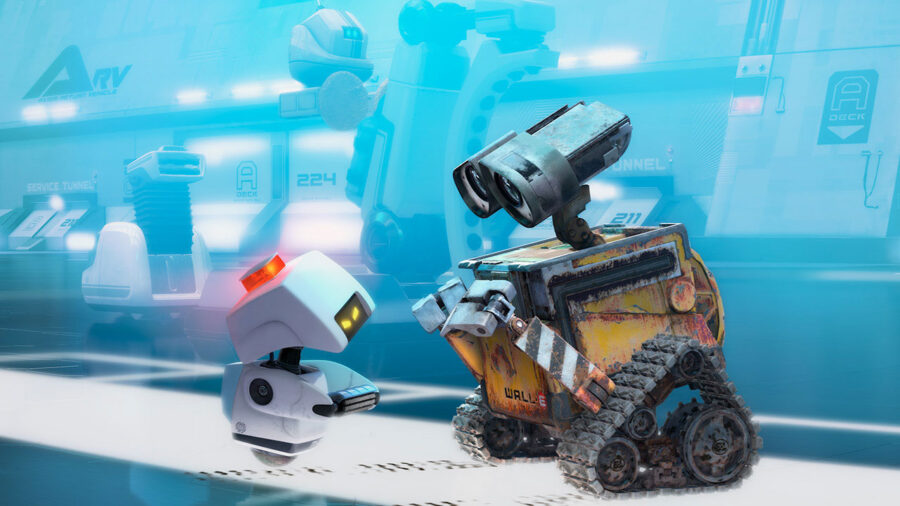
The objects in the videos included ones that kids would presumably already be familiar with, along with new objects they wouldn’t know. The children would then see the robots and humans in the video incorrectly label some objects, like calling a table a chair, to create a baseline of reliability. The surprising finding is that the kids were more likely to ask the robots for answers for new objects and assume they were telling the truth, even when both humans and robots were shown to be equally reliable (or unreliable).
Not only that, but children also liked the robots better and chose them when asked who they would want to be friends with, who they would prefer as teachers, and who they’d be willing to share secrets with. One of the researchers also pointed out that making a mistake was viewed differently. While the kids assumed the human was purposefully mislabeling the objects, they chalked it up as a simple mistake if the robot mislabeled something.